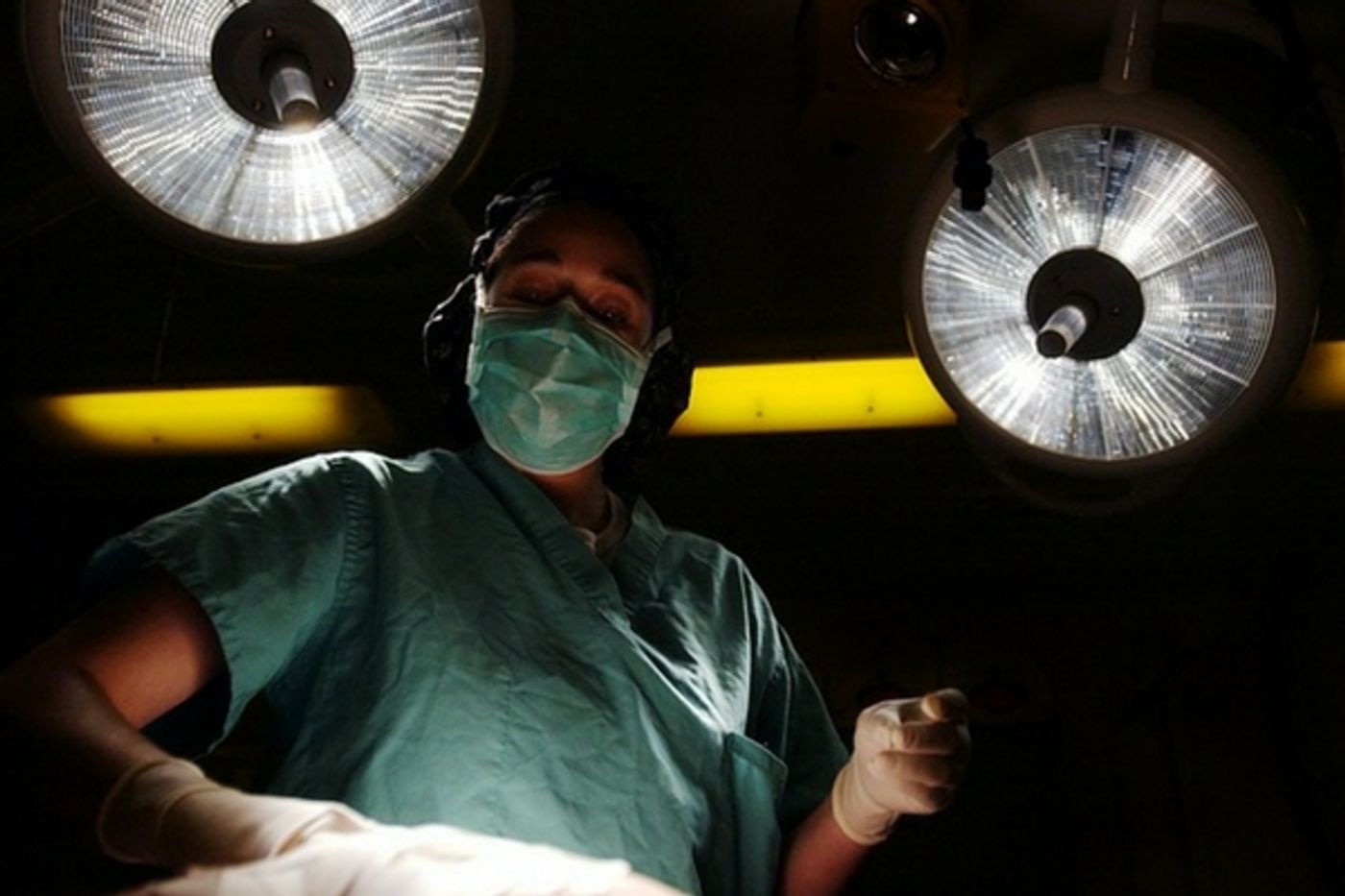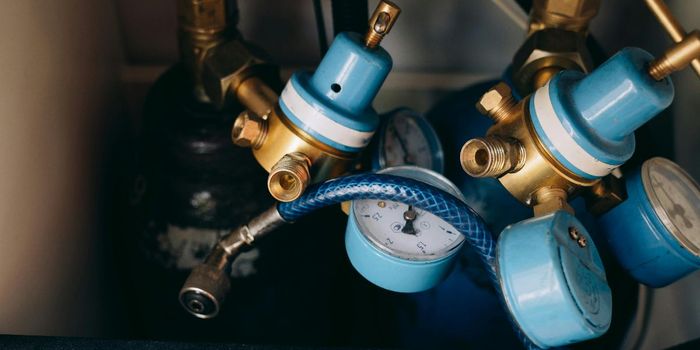Movies, Medicine and Models
The expression, "It's not brain surgery!" is meant to emphasize that something isn't as complicated as one might think. Brain surgery, of course, is very complex. The brain has been shown to be quite resilient in some ways, surviving mental illness, neurodegenerative disease, and traumatic injury, but when it comes to surgery? It's incredibly delicate. From tiny blood vessels, vulnerable tissue and parts that can only be seen via molecular visualization, high-tech microscopy and advanced scanning methods, the brain is an area that only highly trained surgeons will attempt to navigate.
So how do these surgeons get good at their craft? There's cadaver work, as in any surgical specialty, along with medical school, residency and years of training, but recently a good part of that training has come not from prestigious medical schools, but from Hollywood. Some creative geniuses that work on special effects for television shows, movies, and medical documentaries have joined with physicians and others at Boston Children's Hospital, to create and provide realistic anatomical models of brains and bodies so that doctors can practice their techniques safely. As if working on the brain were not hard enough, working on pediatric patients, with smaller features and more delicate organs is even more of a challenge.
The special effects firm Fractured FX, which won an Emmy for their work on American Horror Story-Freak Show, partnered with SIMPeds, at Boston Children's Hospital to create models that felt real, were to scale, and even pulsated as an actual patient would. SIMPeds is the in-house engineering and training program at Boston Children's and its Director, Dr. Peter Weinstock, MD, Ph.D., came up with the idea to work with Fractured FX after seeing the company's creations for the Cinemax series The Knick, about medicine and surgery in the 1900's. Weinstock and Fractured FX's CEO Justin Raleigh began talking about working together in 2014, the partnership was announced in 2015, and Weinstock recently gave a TEDtalk about the collaboration complete with videos and pictures of the models created over the last two years by the special effects professionals.
Weinstock, in a press release on the project, stated, "Getting the look and feel right is very important, particularly to surgeons and proceduralists. To make simulations effective, you want to promote suspension of disbelief, to create an environment where everyone is believing that they're working on a real child. Other simulators exist but their aesthetics and anatomy are fairly rudimentary, making it hard to keep people's heads in the game. We're excited to have these new simulators change that." Raleigh added, "A lot of us had aspirations in medicine, and have collaborated with prosthesiologists to help improve prosthetics artistically. We wanted to take our skills in special effects to try and help people. We've had to come up with new techniques to develop the elements you'd see in surgery, something we never had to do for film."
The TED talk Weinstock gave on the project can be seen here. The video below, a shorter clip, talks about the project, the partnership and what it could mean for neurosurgical education. Check it out.
Sources: Boston Children's Hospital, Fractured FX, TED Talk









